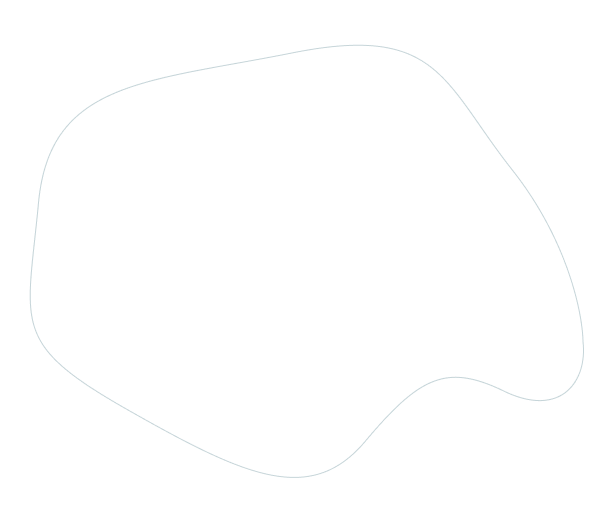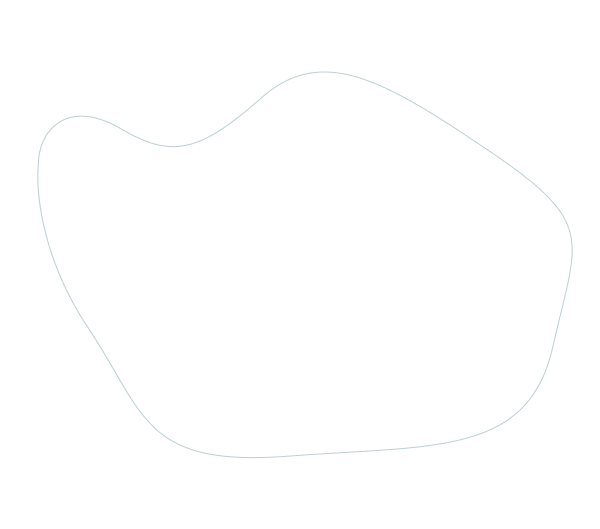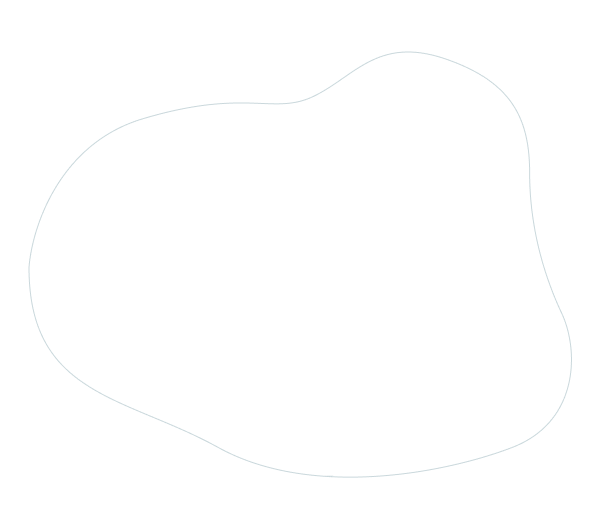Product Care










TENCEL®
WOOL
COTTON
INGEO ®
DOWN
LATEX
MICA
MICROFIBRE
MEMORY FOAM
TENCEL®
Tencel®
What is Tencel® ?
Bambi is Australia’s largest manufacturer of Tencel® based products. We independently source the fibres and fabrics used to manufacture a range of sustainable luxury bedding products, including Bed Sheets, Quilts, Pillows, and Mattress & Pillow Protectors. We also often use Tencel-based fabric covers on a variety of products due to its sumptuous softness and moisture management properties.
How to take care of Tencel®
Being naturally hypoallergenic and antibacterial, Tencel® doesn’t need to be washed as often as many other types of fabric. When you first receive your Tencel® bedding, there’s no need to wash it before first use as it does not contain toxic solvents and chemicals like many synthetic and low-quality fabrics.
How to wash Tencel® products
The first time you wash your Tencel® sheets, quilts or pillowcases it’s normal for them to shrink by up to 3%. We’ve already factored this into the design and sizing. After the initial wash, minimal shrinking will occur. Wash your sheets every two to three weeks on a gentle cycle using cold water. A biodegradable detergent is recommended and there’s no need for fabric softener - the fabric is already silky soft. Avoid using bleach or washing with other items to prevent wear and tear during spin cycles.
How to dry Tencel® products
Tencel® is best air-dried where possible. If you prefer to tumble dry, use the lowest heat and tumble settings possible. To avoid unnecessary wrinkling, place the sheets directly from the dryer onto the bed. When not in use, neatly fold and store your products away in a clean, cool and dry cupboard out of direct sunlight.
WOOL
Wool
What is Wool?
Naturally soft and with exceptional breathability and lofting properties, wool has long been a favourite for Quilts, Underlays and Pillows. Bambi’s awarded Woolmark range of products, including the premium Gold Woolmark, is unmatched when it comes to lightness and loft - resulting in improved heat and moisture control. Pure Australian wool keeps you warm in winter and cool in summer
How to wash Wool products
Bambi wool quilts and underblankets are machine washable. As with alpaca fibres, wool doesn’t respond well to hot water so it’s best to wash them on a cool wash followed with a gentle spin cycle. Many modern washing machines have a dedicated wool wash setting. While a specialised wool washing detergent is always best, a gentle biodegradable detergent works well too. Where possible, place your wool bedding inside a laundry bag when washing to prevent pilling, felting and knots. For ingrained stains and dirt, dry cleaning is your best option.
How to dry Wool products
If you’re wondering what the best way to dry wool quilts is, the answer is air-drying. After the spin cycle in the washing machine, the majority of excess moisture should have been removed from the product. If it still feels saturated, place it inside a laundry bag or old pillow case and re-spin once more. Unlike cotton, wool quilts are best dried in partial or full shade. This prevents excessive heat causing the fibres to shrink or distort. When placing back on the bed, give the quilt a good plumping to encourage airflow and a cloud-like finish.
COTTON
Cotton
What is Cotton?
Pure and natural cotton is renowned for its heat and moisture-wicking properties. Many of our quilts and pillows use soft and luxurious high thread sateen cotton for covers, giving an elegant finish. The low lofting features of natural cotton make it ideal for blankets and as a filling in lightweight quilts perfect for the warmer months.
How to wash Cotton products
At Bambi, our pure natural Australian cotton is soft, lightweight and breathable. As with all types of cotton, washing in hot water can lead to shrinkage. This is down to the fibres reverting back to their natural size and shape. Our cotton quilts, covers and cases are fully machine washable. Select the cotton wash or use a cool wash to clean cotton bedding. A gentle laundry detergent is always preferable as it prevents premature fraying of the threads. Avoid using bleach or other harsh chemicals to remove stains and instead opt for dry cleaning. Bleach breaks down the structure of cotton, along with fading or yellowing over time.
How to dry Cotton products
The best way to dry cotton is on a low heat setting in the tumble dryer. If your cotton quilt is too large to fit in a dryer, run it on a second spin cycle and hang it out to line dry. The best time to hang out cotton is in the mid to late afternoon to avoid sun-scorching and stiffness. Once your cotton-fill quilt is dry, make sure you give it a good fluffing before placing it on the bed to remove any clumps that occur during washing. For pillowcases, sheets and covers, follow the same process above. If you want to iron them, use the lowest heat setting.
INGEO ®
Ingeo ®
What is Ingeo?
Made from a renewable source, Ingeo offers increased volume with less weight, resulting in excellent loft while remaining lightweight. Derived from natural origins, it is breathable and results in superior management of both heat and moisture.
How to wash Ingeo products
Being naturally hypoallergenic and with natural moisture absorption, Ingeo is completely machine washable. As with all types of bedding and pillows, the best option is to run Ingeo through a cold wash on a gentle cycle. Biodegradable laundry detergent prevents unwanted wear and tear; fabric softener is not required. It's also best to wash Ingeo bedding separately from clothing to avoid zippers, buttons and buckles ripping the fabric.
How to dry Ingeo products
The best way to dry Ingeo products, especially pillows is to run them on a cool and gentle cycle in the tumble dryer until they are approximately 80% dry and then hand them out to air-dry in full sunlight. UV from sunlight helps eliminate bacteria, which is perfect if you don’t have time to wash your products right now. Before placing on the bed, spend around 60 seconds puffing and fluffing your pillows for a voluminous and light finish.
DOWN
Down
What is Down?
Down is flexible enough to reduce strain on the head, neck and shoulders thanks to its ability to wrap and contour itself around your body. While it often lacks the support of other materials such as memory foam and microfibre, it provides a cushion of softness perfect for combining with other materials.
How to wash Down products
While it is possible to machine wash down, it's not always the best option - especially if the pillow or quilt is not heavily soiled. If you want to wash down, it's recommended to have it dry cleaned. You can also place it on a cold, gentle cycle in the washing machine using a specialised down and feather detergent. Down and feathers become heavy when wet, so using a gentle cycle prevents the weight stressing the seams during the cycle.
How to dry Down products
Down can be dried in a tumble dryer as long as you use the lowest heat setting. A great tip is to place a couple of clean tennis balls in the dryer with your down bedding to gently beat and remove any clumps and lumps that naturally occur during the laundry process. If you choose to air dry, regularly hang your bedding from different angles and shake them out to prevent clumping. Ensure your bedding is completely dry and give it a good fluffing before use to get air circulating around the interior.
LATEX
Latex
What is Latex?
Latex pillows and mattress toppers are denser than microfibre, down and memory foam and provide firm support and optimised contouring for the back and neck, helping to align the spine for a better night’s sleep. Similar to memory foam, latex is able to retain its shape even after continuous use, ensuring you get to enjoy ongoing comfort and support for many years. A perfect choice for those who appreciate the firmness and support of memory foam without the initial hardness. To make cleaning easier, using a pillow protector is recommended.
How to wash Latex products
When it comes to washing latex pillows and mattress toppers, machine washing and tumble drying is not an option. While a sturdy material, the agitation could cause the fibres to break apart. For best results, spot cleaning is the best option. To spot clean latex, add 1 cap of biological liquid detergent into a basin of warm water. Agitate by hand to mix and then using a clean microfibre cloth, dip it into the water and blot stains from the outside in.
How to dry Latex products
Once cleaned, rinse the microfibre cloth and wring firmly to remove excess water. Dab at the recently cleaned area to remove excess detergent and moisture and then place it in a warm, shaded area and allow to air dry. Latex shouldn’t be dried in a tumble dryer as excessive heat can turn latex brittle, causing it to deteriorate.
MICA
Mica
What is Mica?
Mica PCM (Phase Change Material) is natural silicate that possesses great thermal conductivity and water absorption properties. Woven into a variety of other fabrics, it provides perfect cooling and is used in our Cool Touch pillows, quilts and mattress toppers. One of the biggest benefits of Mica is that it can be laundered and dried as per your bedding instructions without losing its cooling and moisture-wicking properties year after year.
How to wash Mica products
As Mica is combined with a variety of other fabrics such as cotton, Tencel and polyester, the recommended way to wash it can be found on the packaging and label. Generally, CoolTouch products can be machine washed using your preferred detergent and tumble dried on a low-heat setting. For maximum lifespan, avoid using harsh chemicals and bleach when washing.
How to dry Mica products
Mica fibres can safely be machine dried, line dried and ironed. Where possible, line drying is preferable to extend the effectiveness of the cooling properties. When drying in a tumble dryer, remove once fully dried and either fold or place straight on your bed to avoid wrinkling and creases.
MICROFIBRE
Microfibre
What is Microfibre?
While similar in structure to Polyester fibres, Microfibre provides a more delicate denier. This results in a light and airy loft that comes with a 'down-like' fill feel. To achieve different levels of softness and loft, a variety of denier fibres can be blended to produce bounce, warmth, support and comfort.
How to wash Microfibre products
Microfibre is another fabric that can be machine washed with ease. However, to ensure your microfibre bedding retains its strength, softness and durability, it is recommended to wash alone or with other microfibre fabrics only. Use a cool or warm cycle followed with a gentle spin. Avoid high temperatures as this can cause the fibres to become distorted, resulting in a wrinkled finish that is hard to remove. It is also worth noting that fabric softener should be avoided with microfibre as it can strip the natural softness out of the fabric.
How to dry Microfibre products
The easiest way to dry microfibre is in a tumble dryer on a low heat setting. Dryer balls can help prevent wrinkling and creasing. Microfibre tends to dry relatively quickly, even when air dried. If you prefer to dry your bedding outdoors, choose a spot outdoors away from direct sunlight. If you do experience wrinkling of the fabric, an iron on a low heat setting can help remove them.
MEMORY FOAM
Memory Foam
What is Memory Foam?
Memory foam pillows and mattress toppers are mainly made from polyurethane and a matrix of bubbles that provide additional comfort and airflow. A popular option for providing superior support for the spine, memory foam uses body heat to mould and contour itself to your shape. Electric blankets shouldn’t be used with memory foam mattress toppers as the heat can cause them to become damaged and distorted. To simplify cleaning and care, use a pillow protector or mattress protector.
How to wash Memory Foam products
Memory foam is not machine-washable. However, depending on the level of use you can either spot clean or hand wash memory foam pillows. To spot clean, simply mix half a cap full of liquid detergent into a bowl of warm water and dab at any stains or areas of dirt. Then using clean water and a cloth, dab away any excess detergent and moisture. Allow to air dry away from full sun.
To hand wash, fill a large basin with cold water and a little bit of gentle detergent. Submerge the pillow and gently squeeze it for a few minutes. Once clean, empty the water and refill with clean water. Gently squeeze until water runs clear, empty the basin and squeeze until no more water comes out.
How to dry Memory Foam products
Memory foam pillows and mattress toppers should not be exposed to excessive heat. Avoid tumble dryers, steam cleaning and direct heat. The best way to dry memory foam is to lay the washed bedding on top of a dry towel and place it in a partially-shaded area, preferably with a breeze.










